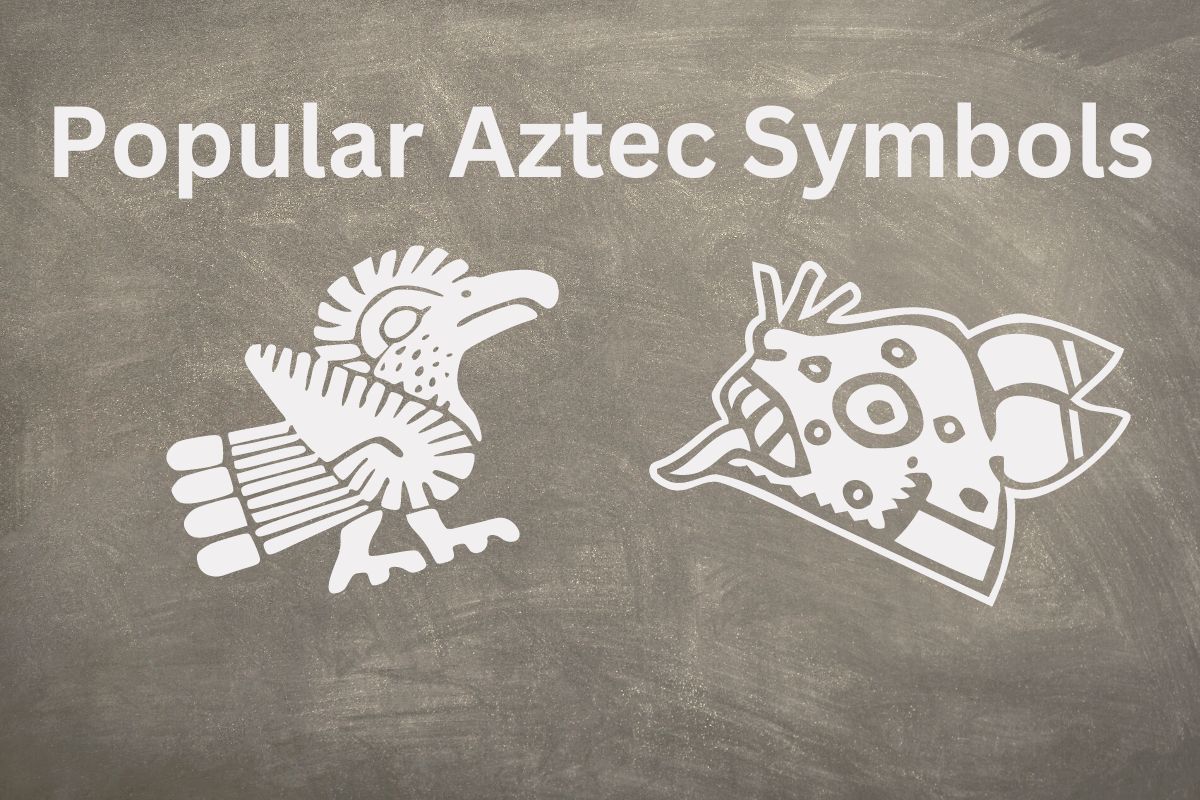Aztecs are a nomadic tribe from northern Mexico, known for their art and symbols. The main purpose of Aztec art was to express mythical and religious concepts that legitimized the power of the State.
Their artistic language spoke through metaphors and symbols. The symbols were an integral way the ancient Aztec empire understood the immaterial world.
Popular Aztec Symbols
Symbolism was an integral part of the everyday life of the Aztec civilization. Some of the prominent Aztec patterns and ancient symbols are:
Jaguar
The jaguar is a popular symbol in Aztec culture and calendar. Its calendar day is associated with Tezcatlipoca, the god of ancestral memory, time, and the night sky. The animal is also a symbol of change that comes with conflict.
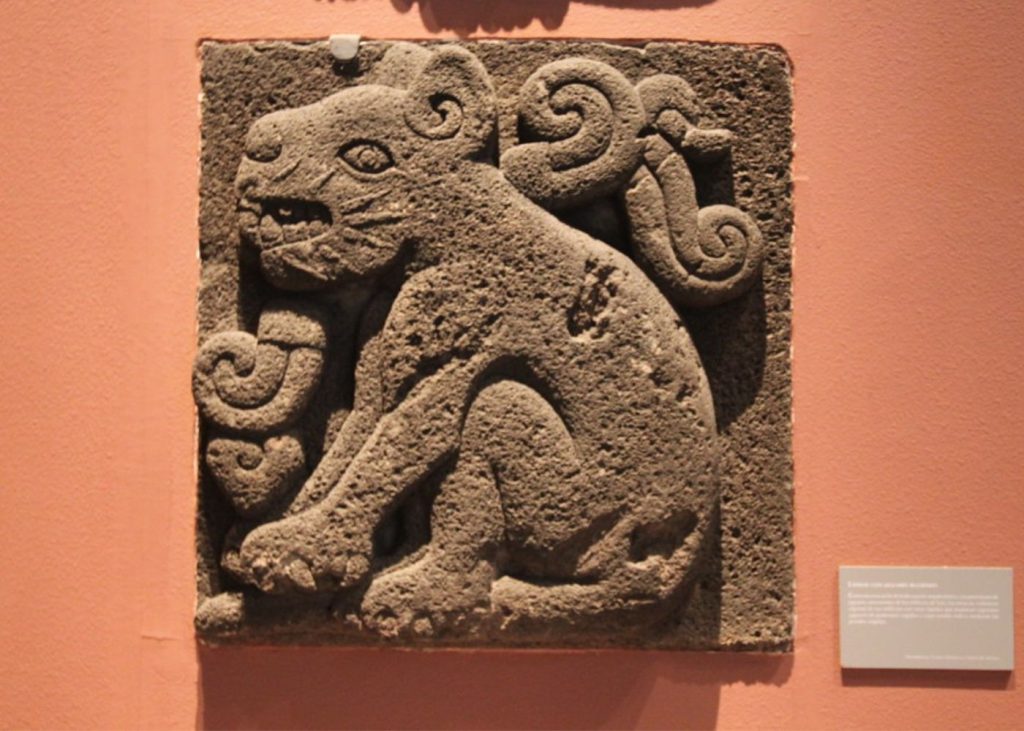
The jaguar also served as the symbol of the elite Jaguar Warriors, a cast of the Aztec military that included the most skilled and brave Aztec warriors. The jaguar calendar day honors brave soldiers of their military.
Blood
For Aztecs, blood was an essential substance that made the world go round. They believed people’s blood kept the sun revolving around the earth. Aztecs believed the sun was too weak during the night and needed blood to regain strength and rise again in the morning.
Eagle
The god Xipe Totec was associated in the Aztec calendar with Cuauhtli, which means eagle. He is the god of seeds, rebirth, and shedding of old skin, and people associate him with transformation and spring.
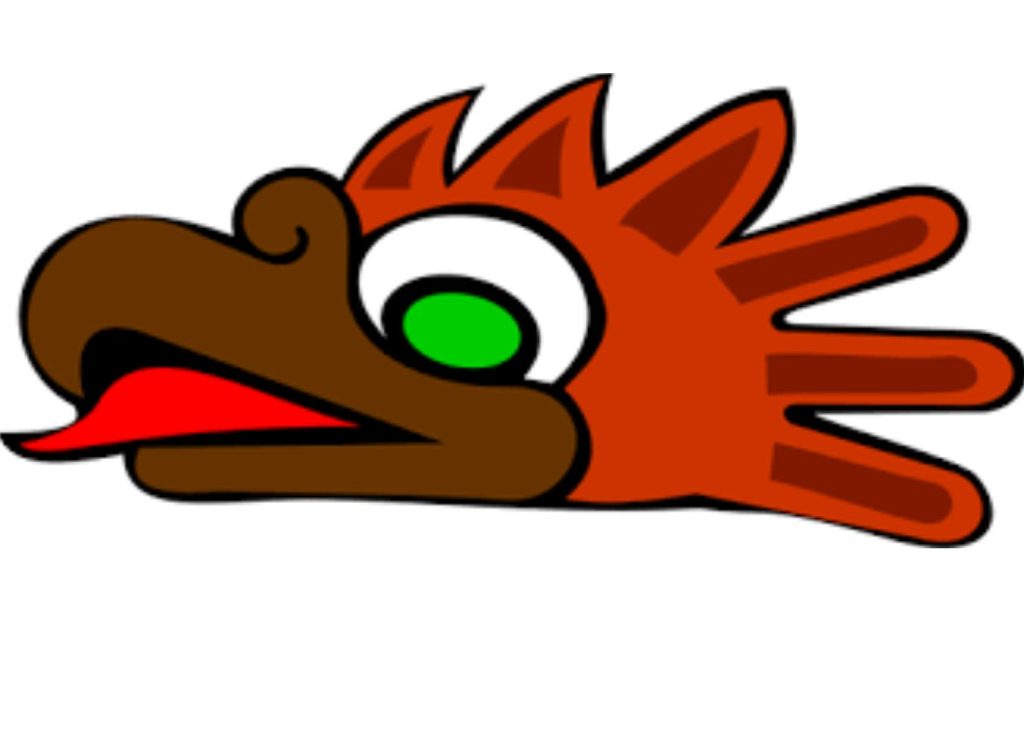
It relates to the Aztec war caste, Eagle Warriors, who believed children under this astrological sign tended to have power and courage. Eagle also denoted the Aztec capital Tenochtitlan.
Death
The death symbol, Miquiztli, is associated with the god Tecciztecatl in the Aztec calendar. Tecciztecatl is the god of the moon and represents transformation and endings that pave the way to new beginnings.
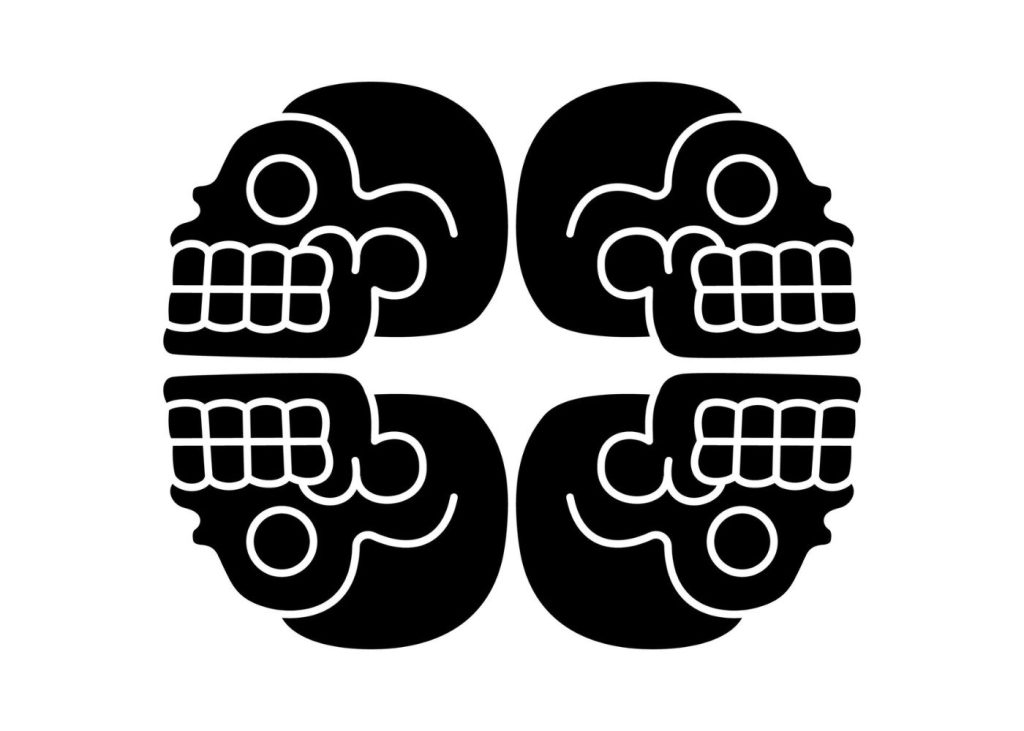
This day on the calendar is dedicated to reconsidering and recollection and considering possibilities.
Ollin
The symbol Ollin depicts the god of shifting shapes, Xolotl. He is also the god of Venus, the twins, and the 17th day of the sacred Aztec calendar. The Ollin symbol features two interlaced lines of different colors, each with two central ends and an eye in the center.
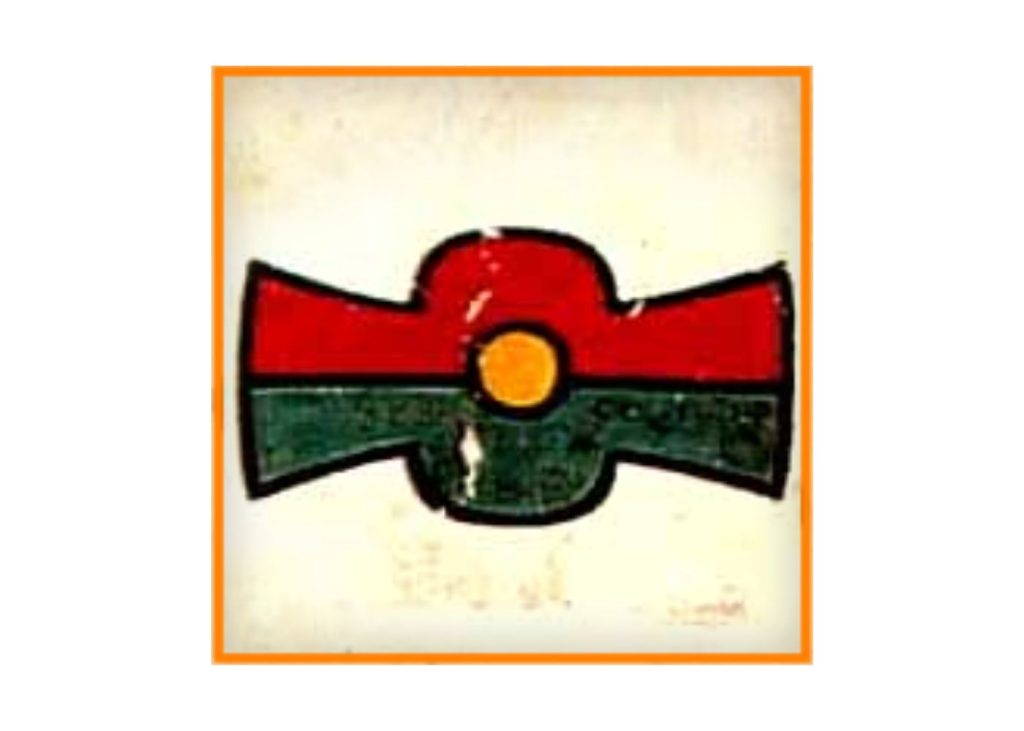
Nahui Ollin was used as an educational framework for social justice studies. It also alludes to the four suns or preceding ages.
Ehecatl
The day associated with the god Quetzalcoatl on the Aztec calendar is Ehecatl or wind. Quetzalcoatl is the god of self-reflection and intelligence and the primordial creator.
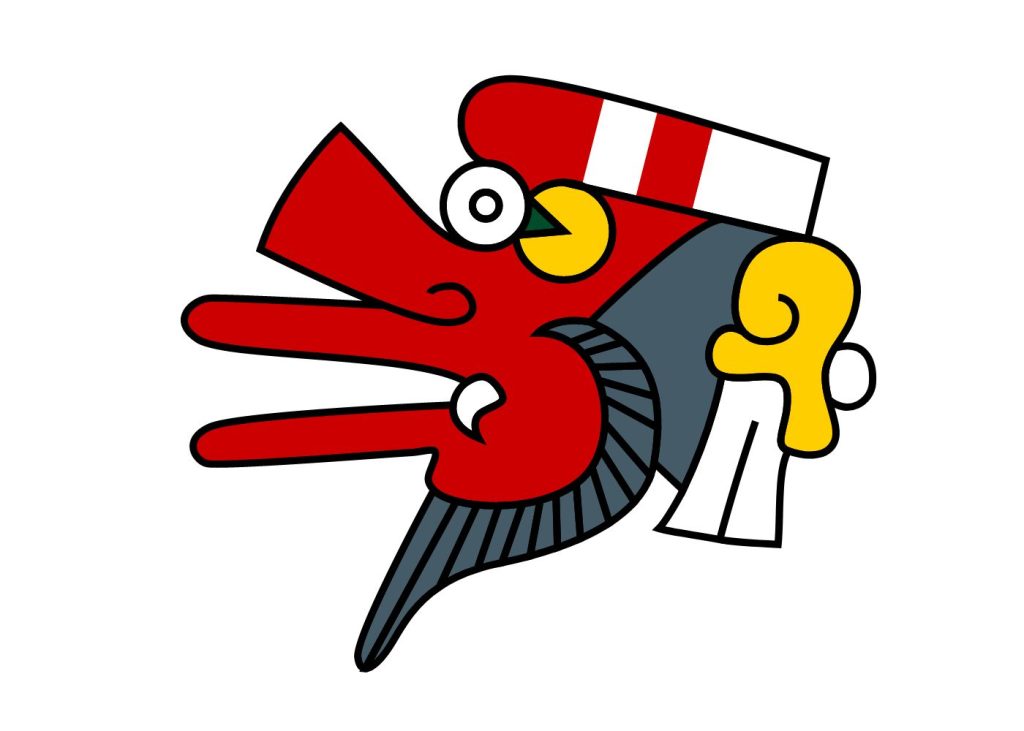
The day Ehecatl is associated with renouncing bad habits like vanity and inconsistency and avoiding working very closely with others.
Rain
The Aztec god Tonatiuh governs the day of rain or Quiahuitl. He is also the sun god, often related to human sacrifice and fierceness. Mesoamerican culture considered it a day of unpredictability and believed it was good to rely on luck on this day.
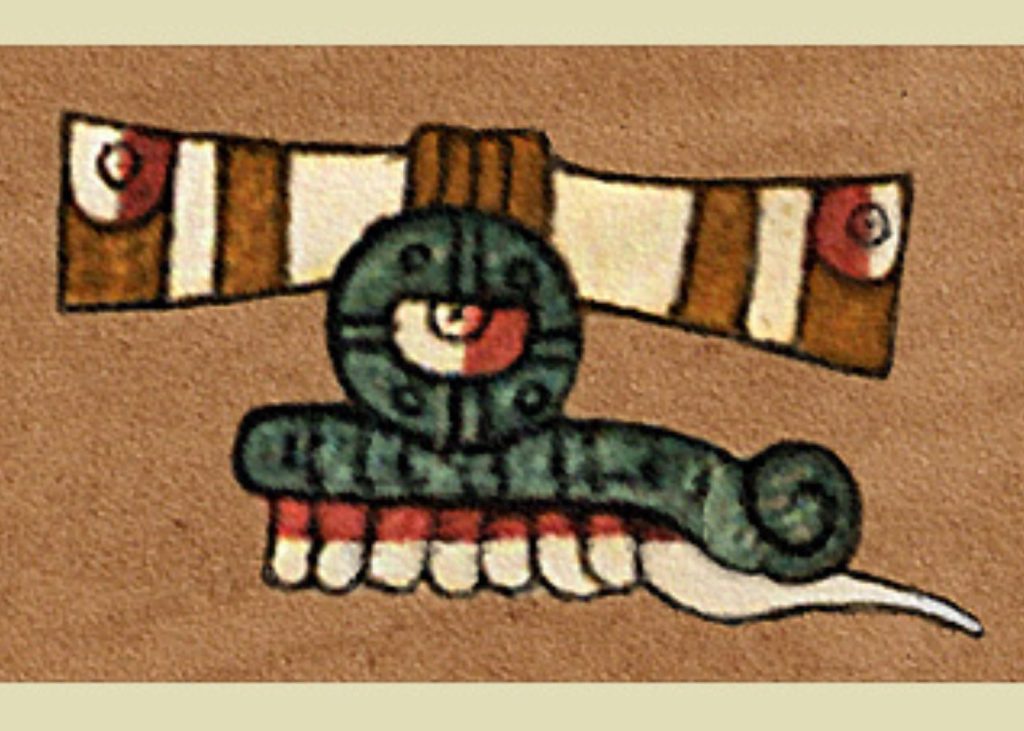
The day is also ideal for travel but unsuitable for planning or business. Aztec people believed that children born on this day were unlucky.
Tecpatl
The 18th-day sign of the Tonalpohualli is Tecpatl and is used for religious and spiritual reasons. Tecpatl also called Etznab in Mayan, implies ‘stone knife.’ The symbol consists of a knife or flint blade glyph, much like the real knife Aztecs used.
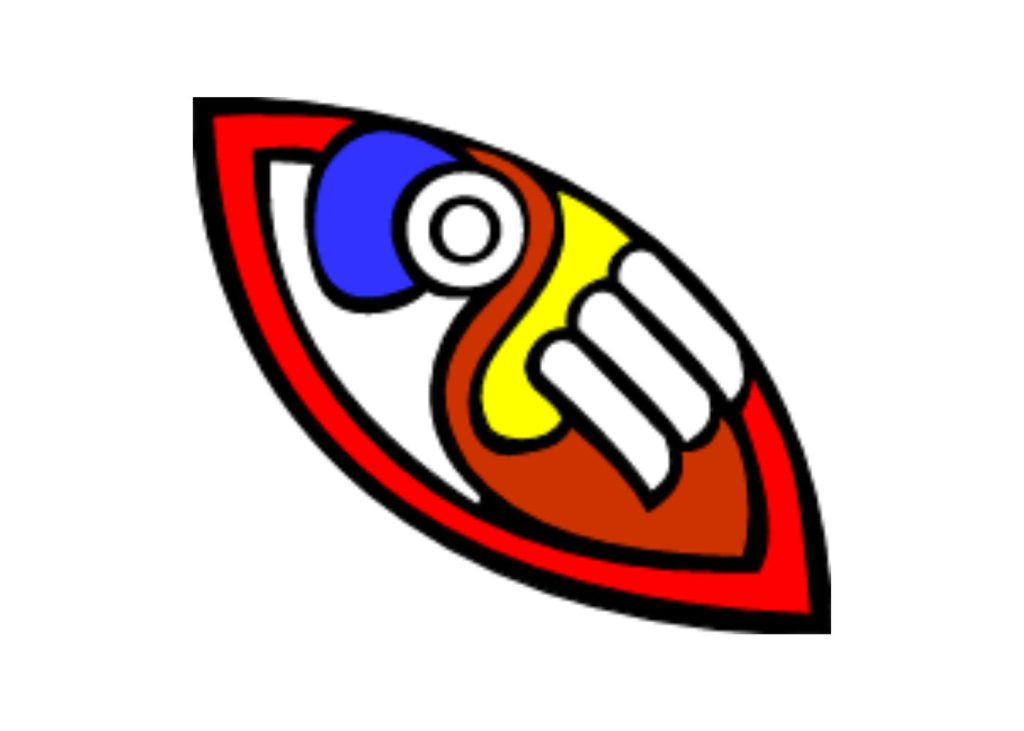
Tecpatl was a memorable day for Aztecs dedicated to trials, tribulations, and ordeals. It was also a perfect day to test one’s character but a bad one to rely upon one’s past reputation or accomplishments.
The day works as a reminder that one should sharpen the mind and spirit like a knife.
Aztec Monkey
The monkey, also called Ozomahtli, is the 11th-day sign in their calendar. The day is integral to the god Xochipili, also called the Flower Prince. He is the god of feasts, fun, creativity, and flowers.
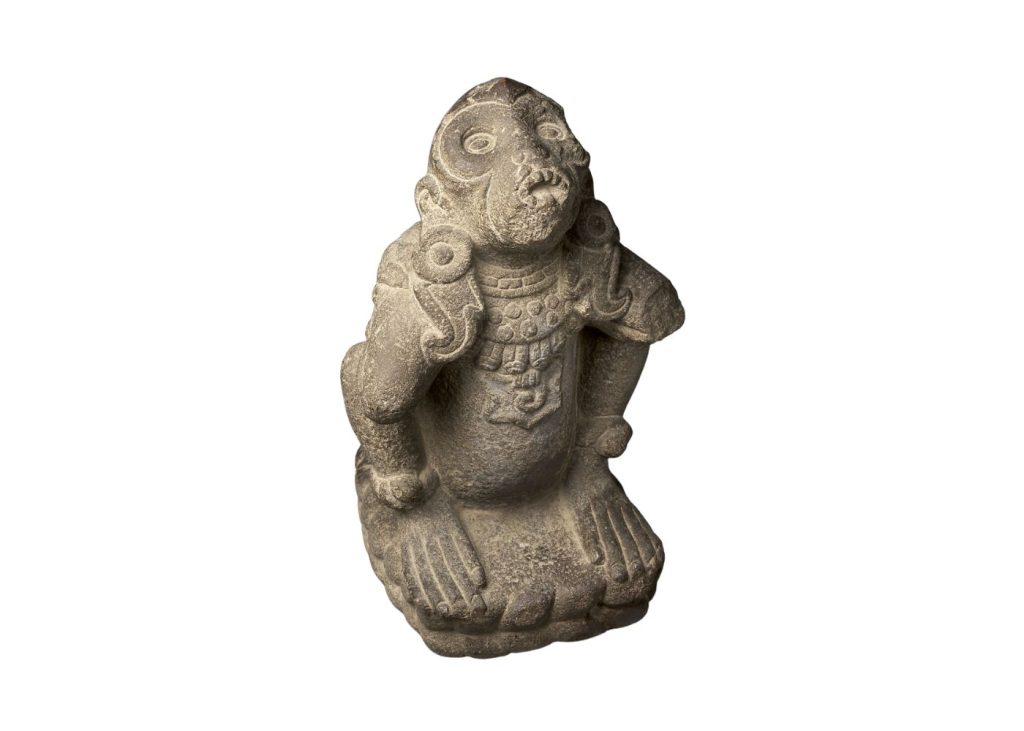
Ozomahtli is a day meant to be frivolous, light-hearted, and not serious.
What Does The Aztec Circle Mean?
Among the Mesoamerican sculptures, the Sun Stone is the most prominent one. The Aztec Sun Stone depicts the features of a calendar distinctly, with the time periods plotted on it with symbols and sequences.
The Aztec year consisted of 260 days, divided into 13 months, and each month had 20 days. There are concentric circles on this monolith which displays these divisions of time. It proves that the Aztecs used the Sun Stone as a chronological record.
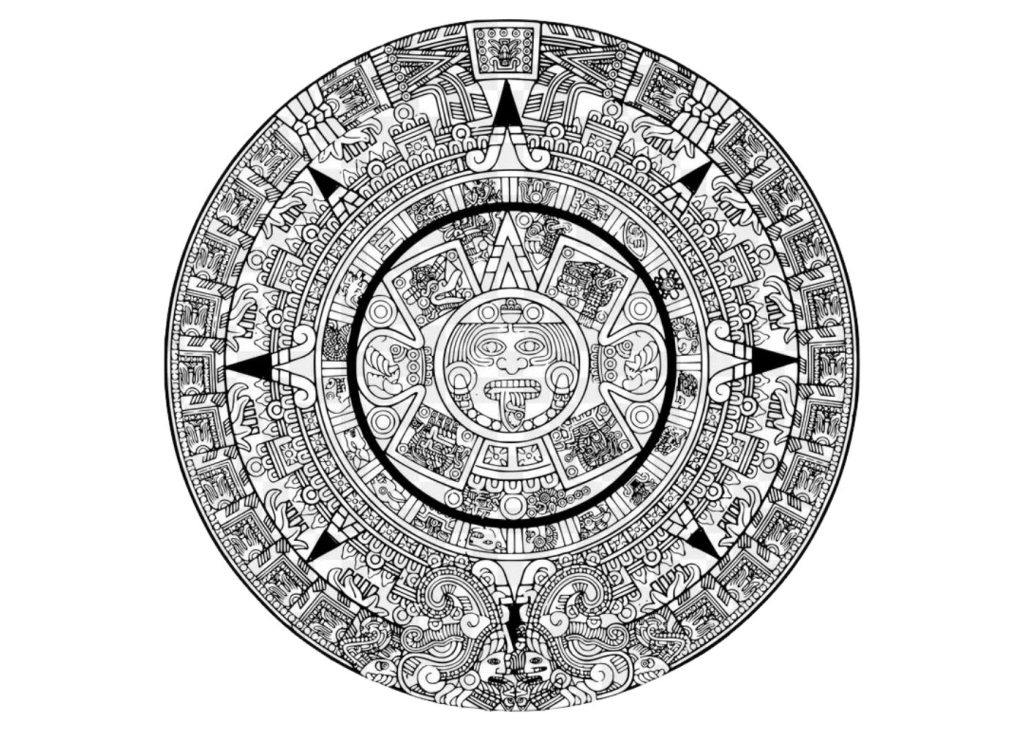
What Is The Aztec Symbol For Protection?
The Aztec symbol for protection is Huitzilopochtli, the god of the sun, war, and human sacrifice. He is also the patron of Tenochtitlan and the tribal god of the Mexicas, also called the Aztecs, of Tenochtitlan.
Many Aztec deities were inclined toward a specific aspect of warfare. However, Huitzilopochtli was the primary god of war. He was considered the patron of the Mexica, and both the defeats and wins of the Mexica people on the battlefield were his.
Moreover, people had to sacrifice Huitzilopochtli to protect them from the infinite night. He had the weapon Xiuhcoatl, the fire serpent, which associated Huitzilopochtli with fire.
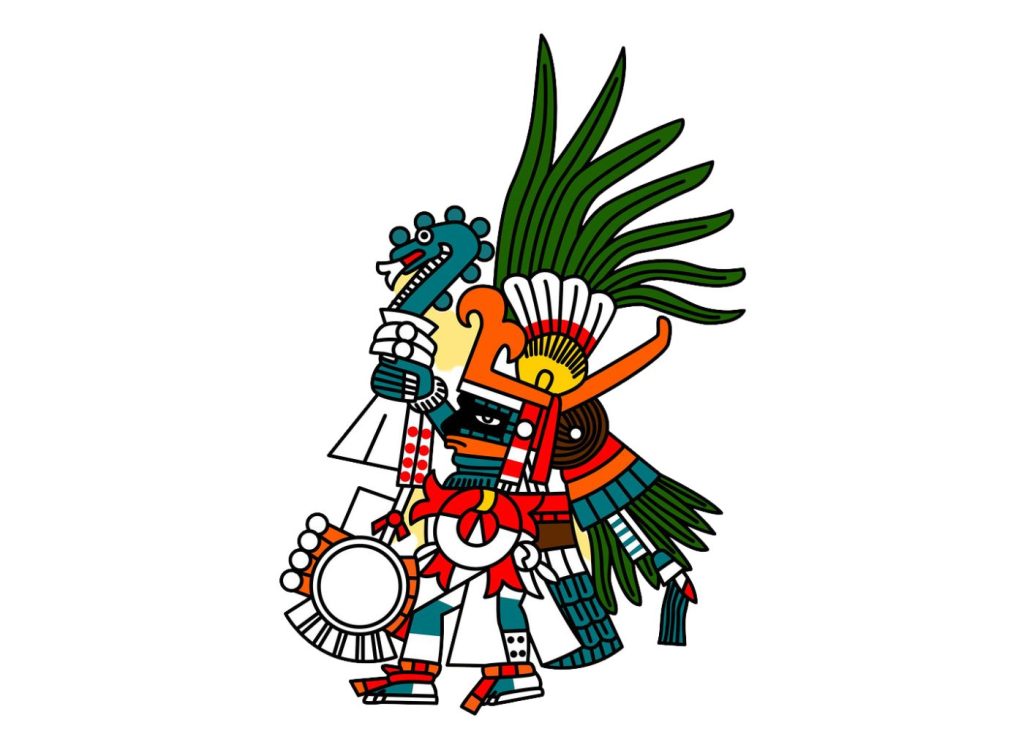
What Does Aztec Art Symbolize?
The previous Mesoamerican civilizations influenced the elements of Aztec art. The Aztecs, however, traced their art to a group called the Toltecs.
Aztec art has a range of themes with religious as well as cultural significance. Their art appreciated insects, fish, birds, and animals. Animals like monkeys, jaguars, ducks, snakes, and deer were also a part of the art.
Gods were also depicted in the Aztec paintings, which showed priests dressed up as gods to perform religious ceremonies.
Like other major Mesoamerican civilizations, such as Maya and Inca, the Mexican Aztec civilization had deep-rooted religious and cultural symbolism. For them, symbolism, metaphors, and allegories were a part of their daily life. Their symbols speak about ancient culture, Aztec mythology, and their way of life.
If you’ve found this article helpful, check out our post on the Kokopelli symbol meaning.

